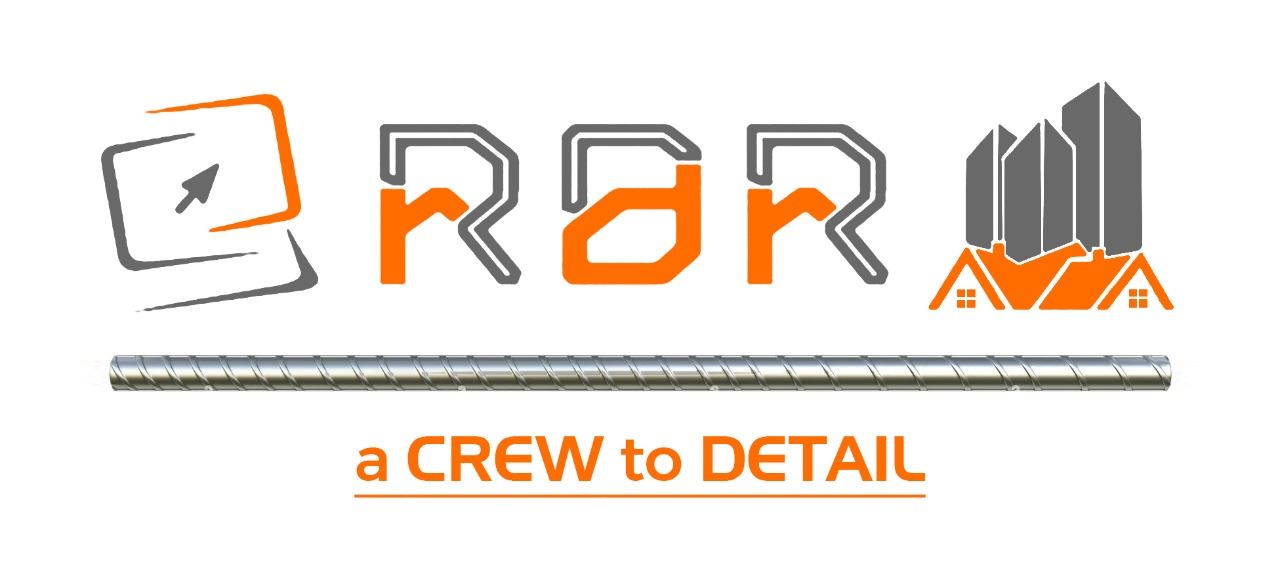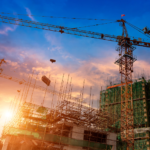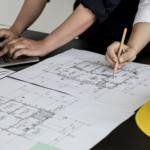In an era where environmental consciousness is paramount, the construction industry is no exception. Building Information Modeling (BIM) has emerged as a powerful tool to not only enhance efficiency in construction but also to champion sustainability efforts. At Reddot Rebar, we believe that BIM sustainability is the way forward, and here’s why.
1. Streamlined Design and Resource Management
BIM facilitates a comprehensive digital representation of a construction project. This digital twin allows architects, engineers, and contractors to collaborate seamlessly, resulting in optimized designs that reduce waste and resource consumption. By identifying potential inefficiencies early in the design phase, we can make data-driven decisions that prioritize sustainability.
2. Energy Efficiency Through Simulation
BIM enables energy simulations that forecast a building’s energy performance. This vital information empowers us to make informed decisions about materials and systems, leading to designs that are more energy-efficient. Reducing a building’s carbon footprint from day one is a significant step toward a greener future.
3. Sustainable Materials Selection
One of the cornerstones of sustainable construction is choosing eco-friendly materials. BIM provides a platform for evaluating the environmental impact of various materials, enabling us to select those with lower carbon footprints, recycle content, or renewable resources.
4. Lifecycle Management
BIM isn’t just about the construction phase; it’s a holistic approach that considers the entire lifecycle of a building. With BIM, we can plan for efficient maintenance, renovations, and even demolition, ensuring that sustainable practices are maintained throughout the building’s life.
5. Reduced Rework and Waste
Through BIM’s clash detection capabilities, we can identify conflicts and issues in the design before construction begins. This reduces the need for costly rework and minimizes construction waste, a critical component of sustainable building practices.
6. Enhanced Collaboration
Sustainability in construction often requires interdisciplinary collaboration. BIM fosters better communication and collaboration among all project stakeholders, from architects to subcontractors. This leads to smoother workflows and better decision-making, which, in turn, promotes sustainability.
7. Regulatory Compliance
As governments worldwide enact stricter environmental regulations, BIM can help ensure compliance with these standards. Staying ahead of these requirements not only avoids penalties but also positions your project as an environmentally responsible endeavor.
In conclusion, BIM sustainability is more than a buzzword; it’s a commitment to a greener, more responsible construction industry. At Reddot Rebar, we’re proud to be at the forefront of this movement, integrating BIM sustainability into our projects to create not just buildings, but sustainable legacies for generations to come.
Ready to embark on a sustainable construction journey with Reddot Rebar? Contact us today and let’s build a greener future together!









